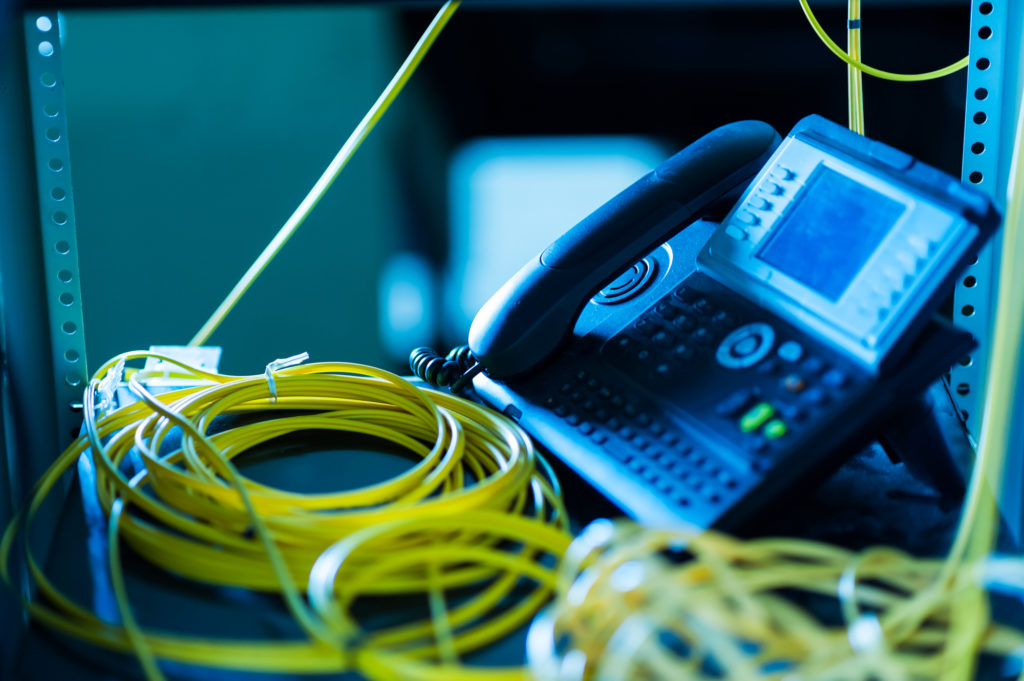
Everything You Need to Know to Wholesale SIP Trunking
Did you know the ISDN line for data and voice communications was due for phase-out this year? That’s right, Verizon and other telecoms announced that the ISDN line will disappear entirely in 2018.
Public Switched Telephone Network (PSTN) and analog lines are also in the phase-out stage. Analog lines like T1, E1, and others are fading from use in the UK, Germany, and other European countries. Replacing analog line is Session Initiation Protocol (SIP) trunk technology.
An SIP trunk line isn’t a physical hunk of copper, but a service provided through an internet connection. Wholesale SIP trunking is a new way to help businesses think about modern and flexible phone service.
Read on to learn more.
The End of the Line
The traditional copper telephone line is prone to theft, increasingly in need of repair, and expensive. Illinois and several other states have authorized an end to copper landlines. This opens up opportunities for a digital transformation of communication.
Voice over Internet Protocol (VoIP) converts voice, video, and data to travel easily across fiber, cell networks or Wi-Fi. It’s the No. 1 telephone service choice for U.S. consumers under the age of 35, and soon, it may be the only choice.
Approximately 24% of businesses in the U.S. are still using telephone landlines today for their voice and data. This represents a huge number of organizations to convert.
What Is a SIP Trunk?
When you explain it to clients, their eyes might glaze over. Here’s the short version. It’s a method where the “trunk” or main line to a business telephone system is an internet connection instead of a traditional copper phone line.
Voice over IP (VoIP) isn’t new technology. You’ve likely used it unnoticed via WhatsApp, Viber, or other free calling services. In the case of a trunk line, the connection is provided seamlessly to a business phone system.
Through wholesale SIP trunking, you provide one or more channels. In general, your client’s Direct Inward Dialing (DID) phone numbers can get ported to these lines.
Flexible and Easy
You may remember that ISDN or T1 lines had to have a fixed number of channels (usually 15 or 30). Clients may have been paying for expensive unneeded capacity or constantly pinching up against the limits of their old lines. As a SIP reseller, you can choose the correct number of channels together.
Your client’s price depends on how many channels they need. Find out how many simultaneous calls it needs to support. A rough rule of thumb is one channel for every three users, but monitor busy periods to get a better idea of simultaneous call needs.
Internal calls and extensions are unlimited. If there is a sudden increase in calls, adding more channels is a short process. Often it’s a one-day or shorter wait time, in contrast to the installation times for an analog line.
Change Locations, No Problem
Another bonus is that SIP trunks are not bound to a location. If a client moves offices, your services and numbers go with them. No more complicated forwarding orders or letterhead changes. You can even add regional and international office numbers to allow client customers to avoid long distance charges.
As more and more adults are skipping landlines, start-ups are skipping costly PBX systems and wiring. Dedicated desks and their associated phones are becoming more outdated.
No Complicated Incremental Costs
As an SIP reseller, you only need to know one simple price. That’s it.
The old analog phone system had large sunk costs. You had to purchase the phones, the PBX, then pay for wire installation, etc.
When a company makes the switch to VoIP, there is no high-priced equipment to acquire. It’s cost-efficient and flexible.
For many users, there isn’t even a telephone handset to purchase. Telephone calls are routed to computers, tablets or smartphones, wherever they are. Installation costs are minimal. Even analog dependent phones (like in a security door, elevator or maintenance closet) can be bridged to VoIP.
VoIP means there is less expensive calling overall. There are no tiered rate calling plans to worry about and no excessive long-distance charges. To implement a complete VoIP solution, you only need SIP channels and a stable internet connection.
Cloud-hosted PBX Solutions
There are several PBX solutions for businesses making the switch from analog to digital easier. Cloud-hosted VoIP could even be more reliable than simply purchasing hardware and running it onsite. There is no appliance to service and the system works well.
Easy management is key. A cloud-hosted solution can be managed from anywhere via a web portal. Workers can also access it even when the main office is offline or unavailable.
For smaller or fast-growing businesses, a cloud-hosted PBX is the perfect combo with flexible SIP trunking. Clients look for ease and portability.
You can provide VoIP bundles set up with SIP trunks and channels. There are lots of convenient packages that are preconfigured with the most wanted call-routing features.
Wholesale SIP Trunking Means Easy Sales Opportunities
VoIP is an easy option for small start-ups and existing businesses. It allows a measure of future-proofing. It’s easy to scale, has a low cost, and also has the benefits of the old-school PBX system without added hardware or installation costs.
Combined with the right number of channels, an award-worthy web portal, and a first-rate transition process, the end of the landline is a huge opportunity for wholesale SIP trunking and reseller partnerships.
The change to a digital landscape is moving fast. Some large businesses have already made the switch, ditching PBX and landlines. With the large telecoms in the U.S. joining much of Europe in the complete phase-out of ISDN lines by 2021, alternatives are needed.
SipTrunk provides easy white-label SIP trunking to add to your VOIP solutions. Read our Program FAQ to get started.